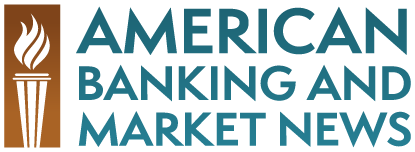During the Great Depression, American savers lost millions as their banks went insolvent and customers were unable to withdraw money. In order to prevent that from happening again, the Federal Deposit Insurance Corporation (FDIC) was created in 1933 so that savers money would be safe, even if their bank failed.
What Types of Accounts are FDIC Insured?
- Checking Accounts
- Traditional Savings Accounts
- Certificates of Deposit
- Money Market Deposit Accounts
- Trust Accounts
- Individual Retirement Accounts (IRA’s)
What Types of Accounts are Not FDIC Insured?
- Mutual Funds
- Annuities
- Life Insurance Policies
- Business Insurance
- Stocks
- Bonds
Currently the FDIC will cover up to $250,000 for each depositor at a bank through December 31st of 2013. After that date, that number will decrease back to $100,000 for each depositor for most accounts. The notable exception to this decrease is retirement accounts, which will keep their $250,000 coverage after January 1st, 2014.
This means that the sum of all of your money at any one bank should be less than $250,000. If you have more than $250,000 in one bank, you are putting yourself at risk in the event of a bank failure. To make sure that all of your money is FDIC insured, you can move some of your money to a different bank so that you do not have more than $250,000 in any one bank. You can also look at the CDARS program which allows you to have more than $250,000 insured by spreading your money across multiple banks, but having one place where you can manage your accounts and withdraw money from.
Additional Questions?
If you have questions as to whether or not the money that you have is insured, you can call the FDIC’s toll-free number (1-877-ASK-FDIC) or use their EDIE estimator to determine how much of your money is insured.

